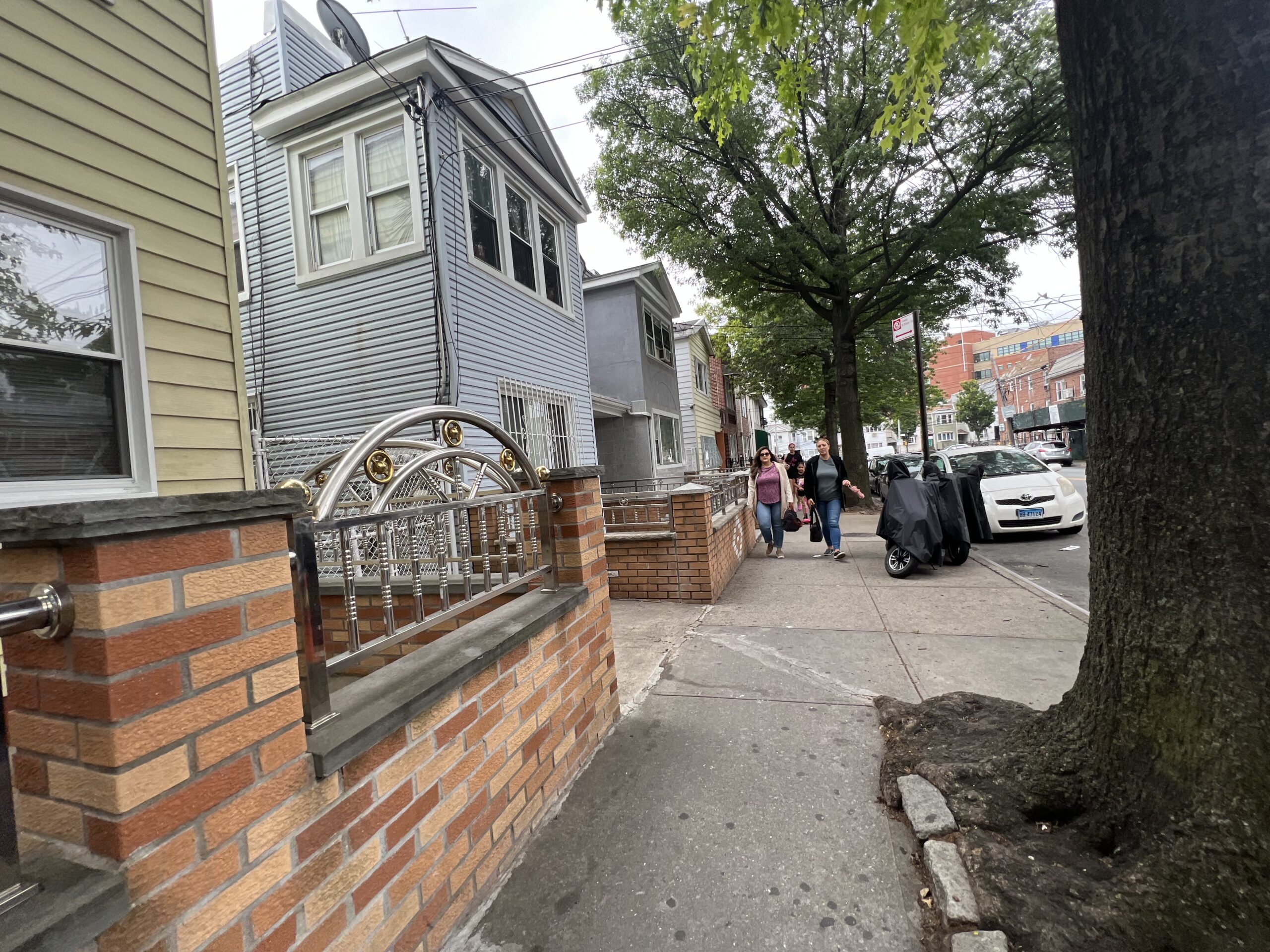New York City continues to push for options to weather the affordable housing crisis that is increasingly affecting low-income New Yorkers, and more recently middle-income New Yorkers as well. And this time, the city administration has just announced the investment of $4 million to promote a pilot project for complementary housing units in available spaces in buildings such as yards, basements or storage rooms.
This was revealed this week by Mayor Eric Adams, who assured that the budget allocation will help homeowners pay for expansions to their properties, which, in addition to serving to generate new apartments for families or for rent, will promote additional income and generational wealth.
The funds available for auxiliary housing will be provided to build independent secondary housing units on the same property as a primary residence, while creating a “one-stop shop” to eliminate bureaucracy to assist those interested in the program.
“For our seniors struggling to remain in the neighborhoods they call home, or young people struggling to find habitable space, auxiliary dwelling units can be a lifeline to stable, affordable housing,” said Mayor Adams, who also insists that the so-called “Yes City” project, which would create nearly 109,000 affordable homes over 15 years, is urgently needed.
“For too long, our policies have lived in the past and ignored the present: We are facing a generational housing crisis. The only solution is to build more and make it easier, not harder, for homeowners to join with government to address this crisis head on,” said Adams, who called the accessory dwelling plan “a proven solution” to creating needed housing. “Together, we can build our way to a better future, but that must include saying yes to Yes City and legalizing accessory dwelling units.”
The City explained that the pilot program, which provides up to $395,000 in funding to qualified homeowners through the Department of Housing and New York State Homes and Community Renewal grant funds to build or convert accessory living spaces on properties, will, thanks to the newly announced funding, allow up to 35 homeowners to add or transform a second home. They will also receive financial and technical support.
Beth Finkel, state director of AARP New York, which advocates for retirement-age adults, said the announcement could benefit many New Yorkers struggling with the Big Apple’s housing shortage, which particularly affects seniors.
“Many older New Yorkers live on fixed incomes and struggle to pay rent. Without an increase in affordable housing options, older New Yorkers and their caregivers, whose help is crucial to enabling seniors to age in place and live independently, will struggle to remain in the city,” Finkel said. “As the city’s population continues to age, these concerns are likely to increase. Allowing accessory housing units will give older New Yorkers the freedom to downsize, supplement their income, and live close to loved ones or caregivers.”
Maria Torres-Springer, deputy mayor for Housing, Economic Development and the Workforce, said provisions such as auxiliary housing, also included in the Yes City plan, would have multiple benefits for New Yorkers.
“From seniors struggling to age in place to young families struggling to pay their mortgage, adding a tiny house in the backyard or a basement apartment can be life-changing,” she said. “We’re making it easier for homeowners to earn additional income or provide space for multigenerational families. And by providing homeowners who add a new housing unit with full government support, we’ll give New York families even more opportunities to own homes and build intergenerational wealth.”
Adolfo Carrión Jr., Commissioner of the New York City Department of Housing Preservation and Development (HPD), defended the construction of auxiliary housing as an innovative, safe and intelligent solution to address the housing crisis.
“Our work on ADUs stands out as a good tool to create more housing in every neighborhood,” Carrión said. “HPD’s pilot loan program supports homeowners to build a little more housing in their home. Together with new flexible zoning, pre-approved plans, and a one-stop resource center, these tools will help all New Yorkers, from seniors aging in place to young adults and families looking to stay in the city.”
Data
- An additional $4 million will be invested in the program
- $395,000 is the maximum aid cap for each owner
- 35 new owners who join the program will benefit from the funds
